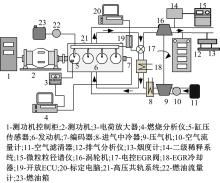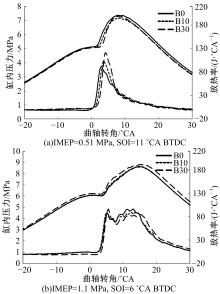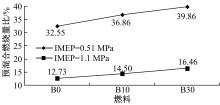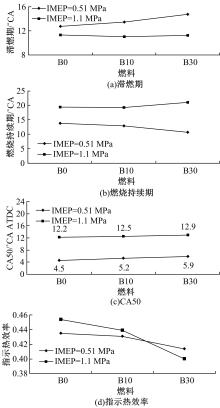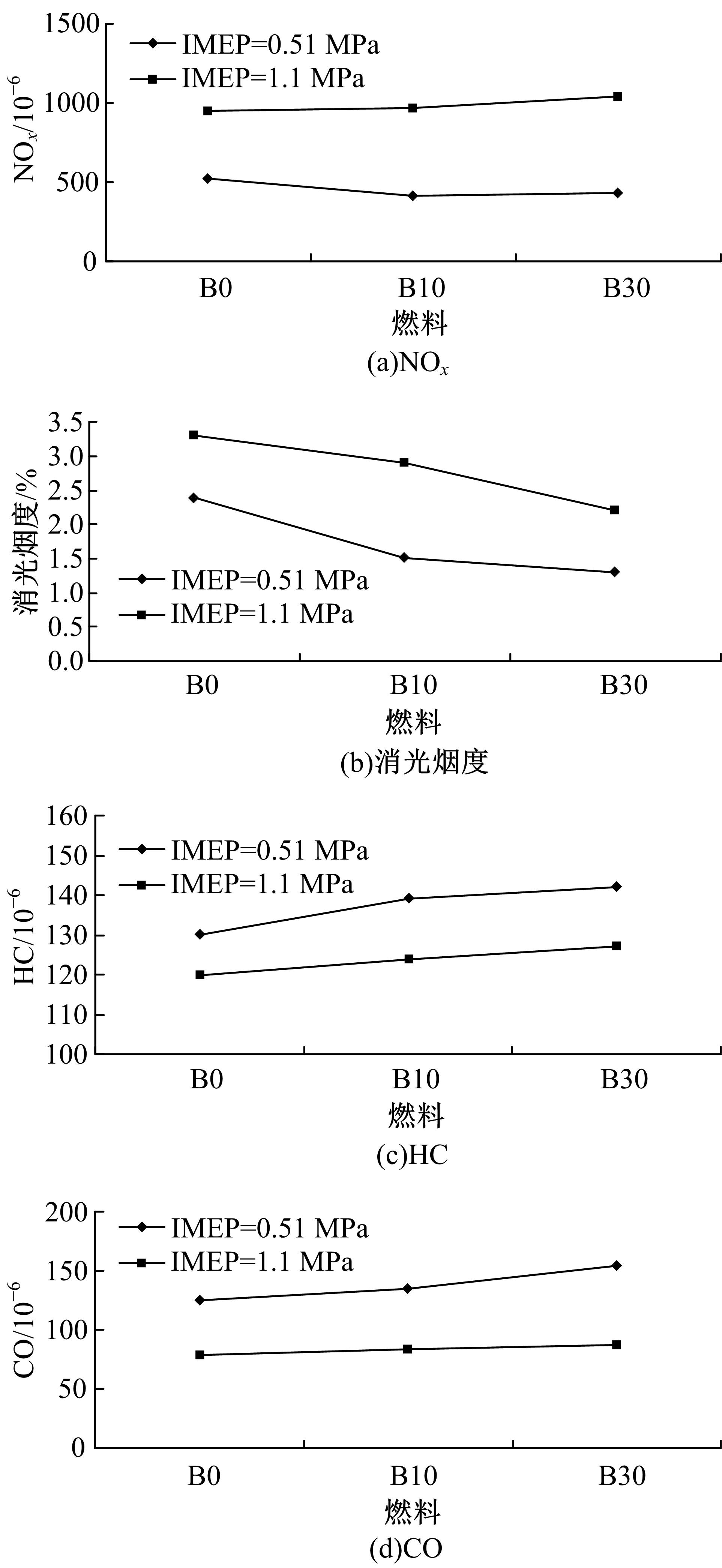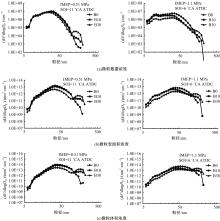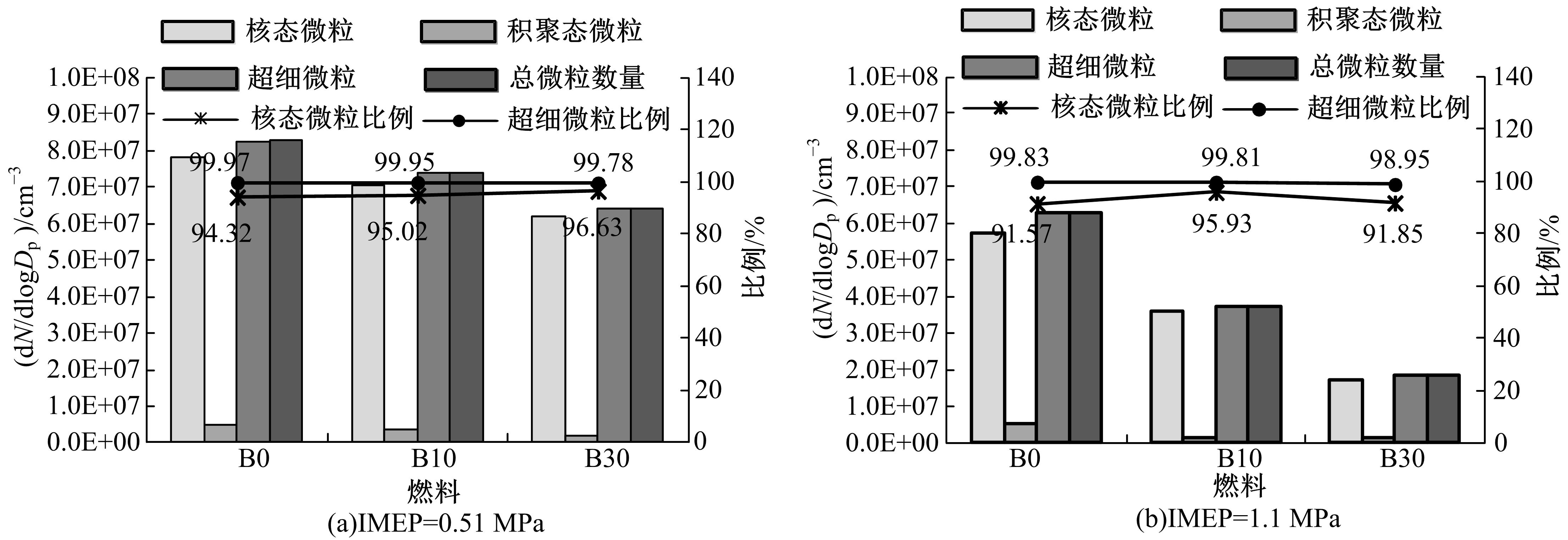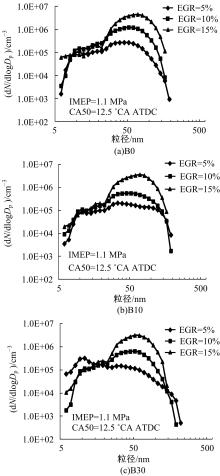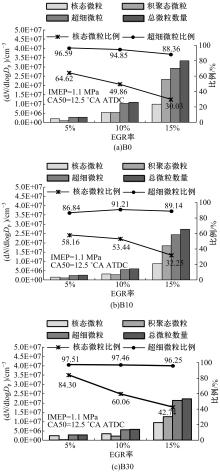| 1 | Jin C , Yao M F , Liu H F , et al . Progress in the production and application of n-butanol as a biofuel[J]. Renewable and Sustainable Energy Reviews, 2011, 15(8): 4080-4106. | | 2 | 郑尊清, 李善举, 刘海峰, 等 . 正丁醇燃料特性对柴油机低温燃烧影响的机理[J]. 内燃机学报, 2013, 31(2): 97-102. | | 2 | Zheng Zun-qing , Li Shan-ju , Liu Hai-feng , et al . Mechanism of effects of n-butanol properties on low temperature combustion in a diesel engine[J]. Transactions of CSICE, 2013, 31(2): 97-102. | | 3 | Li J , Chen X R , Qi B K , et al . Efficient production of acetone-butanol-ethanol (ABE) from cassava by a fermentation-pervaporation coupled process[J]. Bioresource Technology, 2014, 169: 251-257. | | 4 | Kheyrandish M , Asadollahi M A , Jeihanipour A , et al . Direct production of acetone-butanol-ethanol from waste starch by free and immobilized Clostridium acetobutylicum[J]. Fuel, 2015, 142: 129-133. | | 5 | Moss J T , Berkowitz A M , Oehlschlaeger M A , et al . An experimental and kinetic modeling study of the oxidation of the four isomers of butanol[J]. Journal of Physical Chemistry A, 2008, 112(43): 10843-10855. | | 6 | Sarathy S M , Thomson M J , Togbé C , et al . An experimental and kinetic modeling study of n-butanol combustion[J]. Combustion and Flame, 2009, 156(4): 852-864. | | 7 | Sarathy S M , Vranckx S , Yasunaga K , et al . A comprehensive chemical kinetic combustion model for the four butanol isomers[J]. Combustion and Flame, 2012, 159(6): 2028-2055. | | 8 | Wei H Q , Feng D G , Pan J Y , et al . Knock characteristics of SI engine fueled with n-butanol in combination with different EGR rate[J]. Energy, 2017, 118: 190-196. | | 9 | Wallner T , Frazee R . Study of regulated and non-regulated emissions from combustion of gasoline , alcohol fuels and their blends in a Di-Si engine[C]∥SAE Papers, 2010-01-1571. | | 10 | Rakopoulos D C , Rakopoulos C D , Giakoumis E G , et al . Effects of butanol–diesel fuel blends on the performance and emissions of a high-speed DI diesel engine[J]. Energy Conversion and Management, 2010, 51(10): 1989-1997. | | 11 | Gu X L , Li G , Jiang X , et al . Experimental study on the performance and emissions from a low-speed light-duty diesel engine fueled with n-butanol-diesel and isobutanol-diesel blends[J]. Proceedings of the Institution of Mechanical Engineers, Part D: Journal of Automobile Engineering, 2013, 227(2): 261-271. | | 12 | Yao M F , Wang H , Zheng Z Q , et al . Experimental study of n-butanol additive and multi-injection on HD diesel engine performance and emissions[J]. Fuel, 2010, 89(9): 2191-2201. | | 13 | 楼狄明, 徐宁, 范文佳, 等 . 国Ⅴ柴油机燃用丁醇-柴油混合燃料颗粒粒径分布特性试验研究[J]. 环境科学, 2014, 35(2): 526-532. | | 13 | Lou Di-ming , Xu Ning , Fan Wen-jia , et al . Particulate distribution characteristics of chinese phrase V diesel engine based on butanol-diesel blends[J]. Environmental Science, 2014, 35(2): 526-532. | | 14 | Cheng X B , Li S , Yang J , et al . Effect of n-butanol-diesel blends on partially premixed combustion and emission characteristics in a light-duty engine[C]∥SAE Papers, 2014-01-2675. | | 15 | 瞿磊, 王忠, 胡慧慧, 等 . 正丁醇对柴油机颗粒组分与形貌特征的影响[J]. 环境科学研究, 2015, 28(10): 1518-1523. | | 15 | Qu Lei , Wang Zhong , Hu Hui-hui , et al . Effects of butanol on components and morphology of particles emitted by diesel engines[J]. Research of Environmental Sciences, 2015, 28(10):1518-1523. | | 16 | 孙万臣, 李鹏磊, 郭亮, 等 . 喷油参数对丁醇/柴油混合燃料燃烧及排放影响[J]. 内燃机学报, 2017, 35(5): 385-392. | | 16 | Sun Wan-chen , Li Peng-lei , Guo Liang , et al . Effects of injection parameters on combustion and emissions on a butanol/diesel blend engine[J]. Transactions of CSICE, 2017, 35(5): 385-392. | | 17 | 郭亮, 杨文昭, 王云开, 等 . 废气再循环对丁醇/柴油混合燃料发动机的影响[J]. 吉林大学学报: 工学版, 2017, 47(6): 1767-1774. | | 17 | Guo Liang , Yang Wen-zhao , Wang Yun-kai , et al . Effects of EGR on performance and emission of an internal combustion engine fueled with butanol-diesel blends[J]. Journal of Jilin University (Engineering and Technology Edition), 2017, 47(6): 1767-1774. | | 18 | Myung C L , Ko A , Park S . Review on characterization of nano-particle emissions and PM morphology from internal combustion engines: Part 1[J]. International Journal of Automotive Technology, 2014, 15(2): 203-218. | | 19 | Ken D , Lang T , Albert J L , et al . Combustion-derived nanoparticles: a review of their toxicology following inhalation exposure[J]. Particle and Fibre Toxicology, 2005, 2(1): 10. | | 20 | Wadumesthrige K , Ng K Y S . Properties of butanol-biodiesel-ULSD ternary mixtures[C]∥SAE Papers,2010-01-2133. | | 21 | Du J , Sun W , Guo L , et al . Experimental study on fuel economies and emissions of direct-injection premixed combustion engine fueled with gasoline/diesel blends[J]. Energy Conversion and Management, 2015, 100: 300-309. |
|
 ),Wan-chen SUN,Liang GUO(
),Wan-chen SUN,Liang GUO( ),Peng CHENG,Lu-yan FAN,Guo-liang LI
),Peng CHENG,Lu-yan FAN,Guo-liang LI
